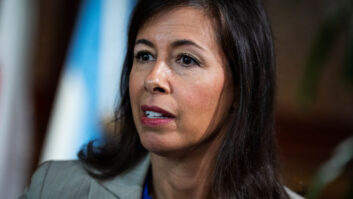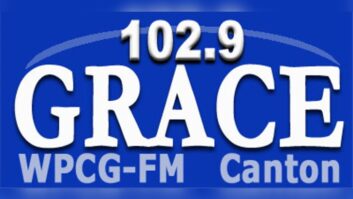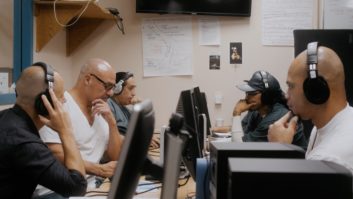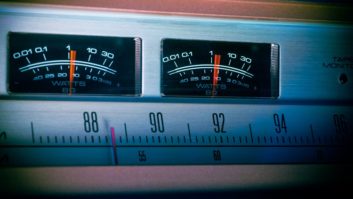The author is membership program director of the National Federation of Community Broadcasters. NFCB commentaries are featured regularly at www.radioworld.com.
Nationwide Black Lives Matter protests and police misconduct have hastened new conversations about race relations, from the White House to the boardroom to the control room. More media makers, including prominent organizations, are pledging to increase diversity in broadcasts and in staffing.
On June 9, Cumulus Media stations paused programming and, separately, nearly 200 stations together played Sam Cooke’s “A Change is Gonna Come” to commemorate the funeral of George Floyd. Since then, more stations have stepped up to commit to highlighting more African-American musical artists.
[Read: Community Broadcaster: Try Harder]
What is a music station to do in this era of social change? And how can DJs appropriately respond to the currents happening around us?
My encouragement is always to make programming decisions based on the long term, or as long term as things can be in radio. A commitment to featuring more diverse voices should start with 90-day goals you can be accountable for. Organizations should also take a holistic approach to programming beyond just musical artists. The diversity of staff and volunteers, sources for news and talk programming, leadership and donor outreach in part color this discussion.
Moreover, programming that features even a majority of black, indigenous or people of color as performers does not inherently make a station diverse. KPCC vaulted itself into its current phase with a bold effort noted in a 2015 study to remake the sound of the station. In examining who they spoke to and how they did so, station leaders realized they could make KPCC more accessible. This effort to diversify its audience proved successful. And, while not every station can be as ambitious, such willingness to look beyond just playlists is admirable.
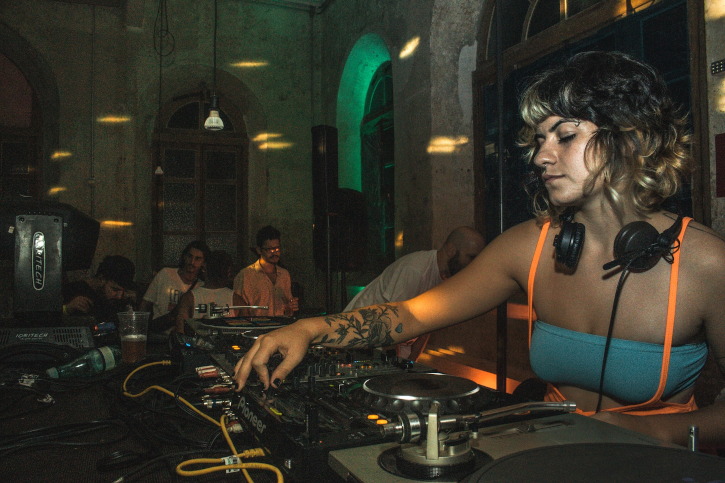 Mike Henry at Paragon Media Strategies is one of those music station leaders thinking big about what this moment can be for radio. He organized a Facebook group for stations to collaborate amid the pandemic. He offers many insights today on how stations can remain relevant, even as audiences aren’t what they may have been pre-COVID.
Mike Henry at Paragon Media Strategies is one of those music station leaders thinking big about what this moment can be for radio. He organized a Facebook group for stations to collaborate amid the pandemic. He offers many insights today on how stations can remain relevant, even as audiences aren’t what they may have been pre-COVID.
For some stations this issue of programming may be an internal dialog about what music and which musicians get airplay. A recent Rolling Stone essay, in a somewhat clumsy and at points false way, highlights an issue radio has tussled with for decades: how should stations and DJs deal with content that could be seen as offensive and musicians whose off-stage lives are problematic. I wrote about this last year following the noncommercial music radio convention and allegations that emerged about Ryan Adams’ conduct. With radio’s varied governance and management structures, debates over freedom of expression, and celebrity culture and the public/private dichotomy, I found it difficult to find a prescription for radio as a whole. And I suspect owners, boards, managers and DJs have faced the same quandary. As a result, things are mostly the same. How noncommercial stations tackle this matter is an ongoing story.
Radio has long held a unique place in culture and in capturing the musical tempo that goes with it. With radio formats as rigid as they are, and many radio DJs tending to specialize in genres, what social movements mean for many noncommercial and commercial stations, however, remains to be seen.





